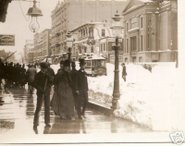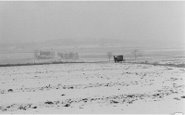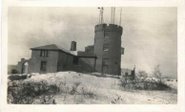Winter '18 / '19 - Snow Storm #2: Call for Forecasts!
 |
| Brattleboro ... VT |
Lee-side cyclogenesis over CO on FRI expected to race east reaching the western stations of the forecast area by SAT afternoon.
Moisture-rich mid-latitude cyclone advancing into a quasi-stationary Arctic air mass over eastern Canada offers an excellent opportunity for widespread bonus snowfalls.
Contest for Snow Storm #2 may be cancelled prior to the deadline if fewer than six stations are likely to observe at least a 4" snowfall.
---
Forecast element: each station's storm-total snowfall
Deadline for entries: 10:00 PM EST ... FRI ... 18-JAN-19
Verification begins: 12:01 AM EST ... SAT ... 19-JAN-19
Verification ends: 11:59 PM EST ... SUN ... 20-JAN-19
---
Enter your forecast at the NEWxSFC/s home page here. http://www.newx-forecasts.com/
Follow the top-of-page link from 'Enter Storm Forecast.
---
As always ... there/s no cost ... no fee ... no advertising ... or annoying requests for personal information to enter a forecast. It's just a fun exercise for winter wx enthusiasts to see who can make the best synoptic-scale snowfall forecast. See how well your forecast stacks up against NWS Eastern Region Weather Forecast Offices.
---
If you are issuing your first forecast this winter ... or you entered the 'season-total' forecast contest ... you/ll need to create an account (user name / password / valid e-mail ... if you want a copy of your forecast sent to your Inbox). sent to your Inbox.








































